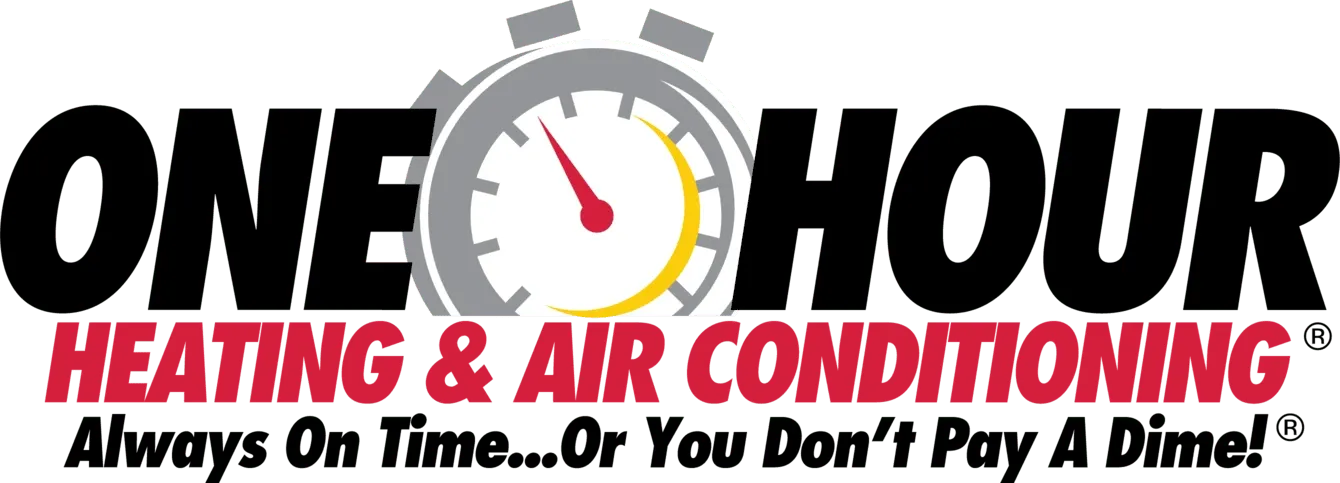Should You Shovel Snow off Your Roof?
Excessive snow and ice can structurally damage a roof’s shingles, cause leaks, damage gutters, cause excessive wear on a property’s HVAC system, and in extreme cases, collapse the roof. And shoveling a roof to avoid damage structural damage might become necessary!
If you live in a region that gets a significant amount of snowfall, you’ve probably heard that removing excessive snow from your roof is important, but can be dangerous work.
To safely remove snow from a roof without going on the snowy roof, property owners should purchase something called a “roof rake.” This “scraping”-type tool with a long, telescoping handle can be used to safely remove snow from the roof without climbing a ladder or braving slippery shingles.
Read on to learn the do’s and don’ts of raking (shoveling) a roof.
How Much Snow Can Your Roof Handle?
No one wants to go up on their snowy roof. So how can you know for sure if/when it becomes necessary? (Remember, you can always hire a pro to clear your snowy roof!)
Building codes in northern regions account for snowy weather. So, more than likely, your roof can stand a season of slightly above-average snowfall without issue. However, if the roof is older or has some repair needs, it might not be as strong as it once was.
Don’t take a chance with the structure of your home. As a rule of thumb, if your roof is carrying a particularly heavy or thick snow load, you should consider raking the roof.
Further, if you see evidence of patchy or excessive roof melt (that’s incongruent with the weather) or are concerned about water potentially leaking through the roof, it’s time to clear the snow.
Related Content: How Much Energy Does Weather Stripping Save?
What Happens If You Leave Snow on Your Roof?
Small amounts of snow will melt off without issue. However, if you leave a thick or heavy layer of snow on your roof, it may condense into thick, heavy ice sheets. The extreme weight can cause structural damage to the roof, cause it to sag, prevent adequate attic ventilation, crack the drywall of the supporting wall, and even jam your doors as the structure of the house shifts under the weight. Yikes!
If your roof and attic are not well insulated, the escaping warmth may melt the snowpack in a way that contributes to the formation of damaging ice dams.
What Is a Roof Rake?
While it’s often referred to as “shoveling,” clearing snow from a roof safely actually requires pushing or pulling snow using a tool called a “roof rake.” A roof rake looks like a garden hoe with a wider blade attached to a long (often telescoping) pole.
Climbing roofs in winter is hazardous and traditional snow shovels (designed for clearing snow from hard, flat surfaces) are more likely to damage the shingles on a roof. Always opt to use a roof rake safely from the ground to clear snow from the roof. And be sure to stand out of the way of cascading snow!
The Do’s and Don’ts of Safely Clearing Snow from the Roof
Unlike clearing a sidewalk or driveway, plowing through heavy snow piles with a shovel isn’t going to work. Between the height and slippery conditions, shoveling a roof can be extremely hazardous.
Follow these steps to stay safe:
- Do not climb onto the roof. Never climb a ladder or scale the roof to clear snow. If a roof rake isn’t cutting it, contact a snow removal professional for assistance.
- Do use a roof rake. These tools are extendable, allowing you to drag the snow off from the roof while standing on the ground. But be careful not to avalanche the snow onto yourself. Be careful not to touch overhead electric wires with the metal roof rake pole. Also, be careful not to break the window glass. With the extension at maximum length, a roof rake can become awkward to handle and difficult to control.
- Do not let snow accumulate. The amount of snow your roof can handle is dictated by its weight. As more snow falls, the snow closest to the roof will become more densely compacted, meaning that it weighs more. With heavy compaction, less snowpack will still equate to more weight.
- Do rake the roof frequently. Avoiding a heavy buildup makes clearing the roof easier and reduces the risk of ice dam formation and other damage.
- Do not use a ladder in snowy or icy conditions. The roof can be incredibly dangerous, especially when covered in snow and ice. Ladders can also easily slip in the snow.
- Do stand out of the way of falling snow. Snow raked from the roof can be surprisingly heavy. Be sure to stand out of the way of falling snow.
- Don’t use sharp tools and harsh chemicals. If you’re considering pulling out an ice pick to break up the ice on your roof or gutters, you may want to call the professionals. Accidentally damaging your roof will cost more than hiring someone with the skill and tools to clear it safely.
- Do ensure attic vents are open and unencumbered. Attic ventilation helps prevent attics from becoming too warm, causing a warm room. Warm roofs may cause too much snow to melt or uneven melting, allowing for the formation of ice dams.
- Don’t apply heat. While it might make sense to add heat to melt the snow off—especially if you’re dealing with ice—using a heat gun or other handheld heat source could dislodge a chunk of ice to slide onto you. You could also accidentally cause a fire with the heating device.
- Do clear the roof bit by bit. Gathering the snow into a large pile before pulling it off could put too much weight on one area of the roof and cause damage. Instead, pull small clusters down one at a time.
- Don’t overexert yourself. Just like shoveling, roof raking can be physically taxing. Take breaks and check in with yourself throughout the job, If you don’t know if you’re physically fit enough to complete the task, contact a professional snow removal company.
How Much Snow Should I Remove from My Roof?
The goal of shoveling snow on your walkway or driveway is to make slippery surfaces easier to pass. The main goal of snow removal on the roof, on the other hand, is to take weight off your roof.
But if you try to scrap all the snow off your roof, the rake could damage your shingles and cause a leak. It’s better to clear the heavy clumps and leave a few inches to coat the roof. The layer may even provide an added level of insulation.
Depending on the height of your home, a roof rake may not be able to reach the entire roof. In some cases, this is OK, as the snow will naturally disperse with wind. In other cases (like two or three-story houses), homeowners should contact a professional snow removal company.
Never climb on the roof of your home to rake or shovel snow.
Related Content: Is a Smart Thermostat Worth It?
Does Snow on the Roof Help Insulate Your Home?
Yes, a moderate amount of snow can help keep your attic insulated and prevent heat loss, just like an igloo. However, this is limited to homes with adequate insulation and a light snowpack on the roof.
An even layer of snow on your roof is evidence your home has efficient insulation. On the other hand, if the snow on your roof melts off when it isn’t warm or sunny, there’s an issue with your insulation, and you’re losing precious heat.
Keep Your Home Warm No Matter the Snowfall
We work hard to keep you warm all winter long—snowfall or not! Your local One Hour Heating & Air Conditioning team offers expert insulation services to prevent energy loss. Call (800) 893-3523 or schedule service online to learn more about our insulation services.















